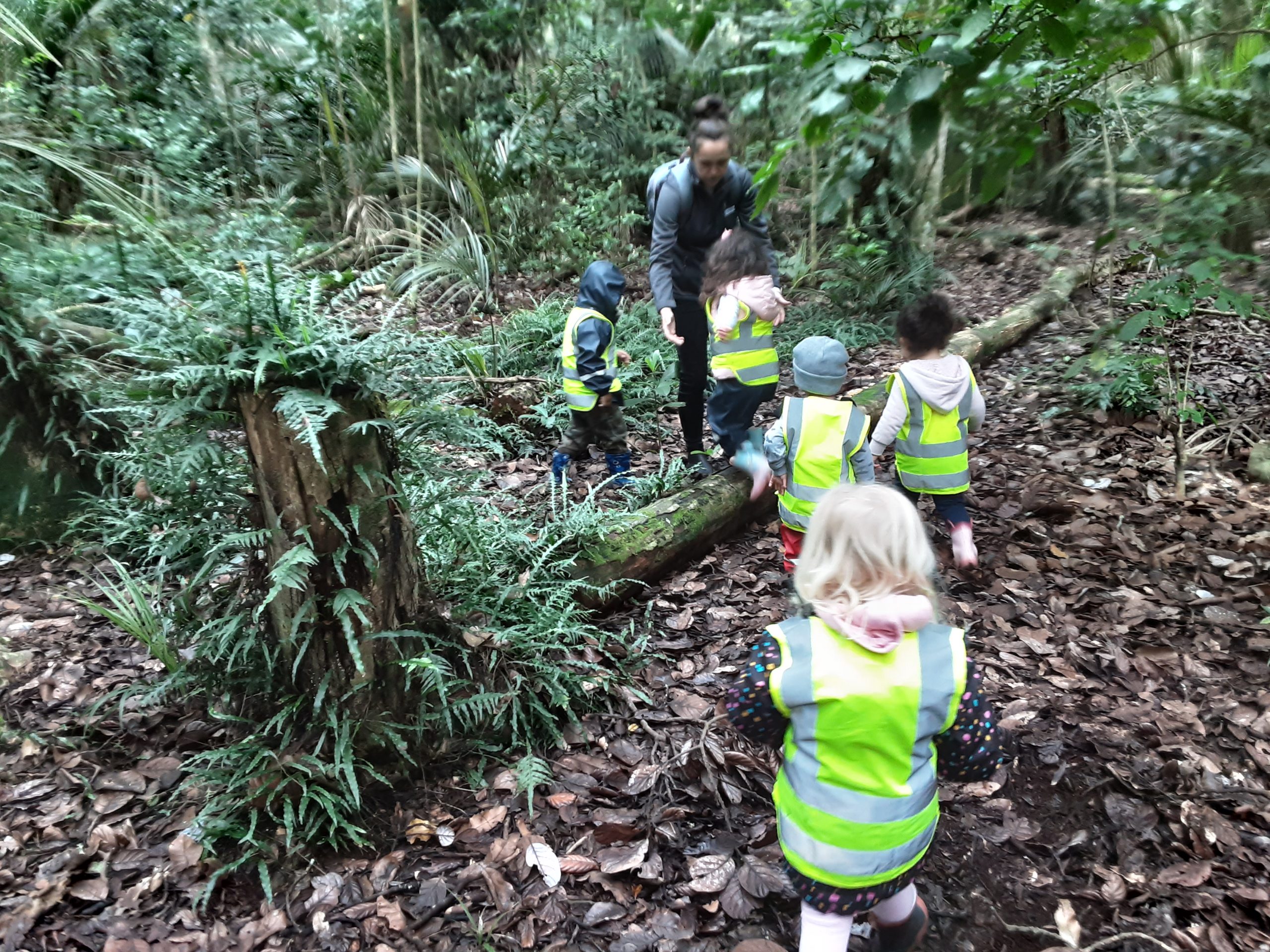A nature walk is a great way to unplug, observe and explore nature. It is among the best learning tools and stimulates all of a child’s senses.
In today’s digital world, the outdoors tends to take a backseat to our busy lives but making it more of a priority has significant benefits for adults. Interestingly, these benefits are even greater for young children where studies are pointing to improved attention spans, self-discipline, creativity, physical fitness and social connections in the little ones.
While a nature walk is great, a noticing nature walk is even better.
What is a noticing nature walk?
A noticing nature walk is when you head out on a nature walk and deliberately notice things encouraging children to observe with all their senses.
Why it matters?
A nature walk can help your child learn to focus their attention and take in the details of things around them. It can also be a peaceful, reflective experience for you and your child. Here are some of the many other benefits of a nature walk for your child:
· Improved physical health. Overall well-being is improved through reduced stress and anxiety.
· The free interaction with nature promotes creativity and imagination.
· Boosting confidence as children are encouraged to interact with the environment in their own unique ways.
· Social and physiological development happens on nature walks, including a desire to protect nature..
Tips on planning nature walks with children
When it comes to planning a nature walk, the key tip to keep in mind is to have fun with it. And the best way to have fun is to keep planning to a minimum. Don’t structure the walk and things you will do when you head out.
As a childcare centre that specialises in nature walks for children, our biggest learning at Nature’s Point has been to be guided by the children on every walk – they have their own way of making them into a different adventure every time we head out. All they need is a gentle nudge to explore. Encourage them to stop to turn over rocks, touch moss, and, when they can, climb on and over rocks and fallen trees. Whatever the environment, which you assess for any unreasonable hazards, a child can set the pace—stimulating confidence, agility, problem-solving, creativity, and a sense of wonder.
Don’t be fussed about the dirt. If a child wants to crawl in the dirt to get a better look at the bugs, let them!
Sometimes mix up the nature walks by getting creative and encouraging pretend play using sticks, rocks and anything else you can find in the lap of nature. Or do a scavenger hunt.
Keep the children engaged and encourage them to use their senses by asking questions such as “what can you see?”, “what can you smell” or “what does a leaf smell like?”, “do you hear that bird chirping?” or “does the sun feel warm on your back today?”.
Collect things on your walk and encourage conversations about them – rocks, sticks, bugs… nature has abundant artifacts to support learning. When you are back from your walk, encourage the children to draw pictures from their walk or write a story about it.
Some last words …
Always keep safety in mind when heading out with children. Wear safety vests when heading into the bush. Be sun smart. Wear the right outdoor clothes and shoes. Keep hydrated and snack up.
The power of nature can be felt even in the simplest of settings. By making a conscious effort to explore it, you and your children open the door to better health, new adventures, and irreplaceable memories.




